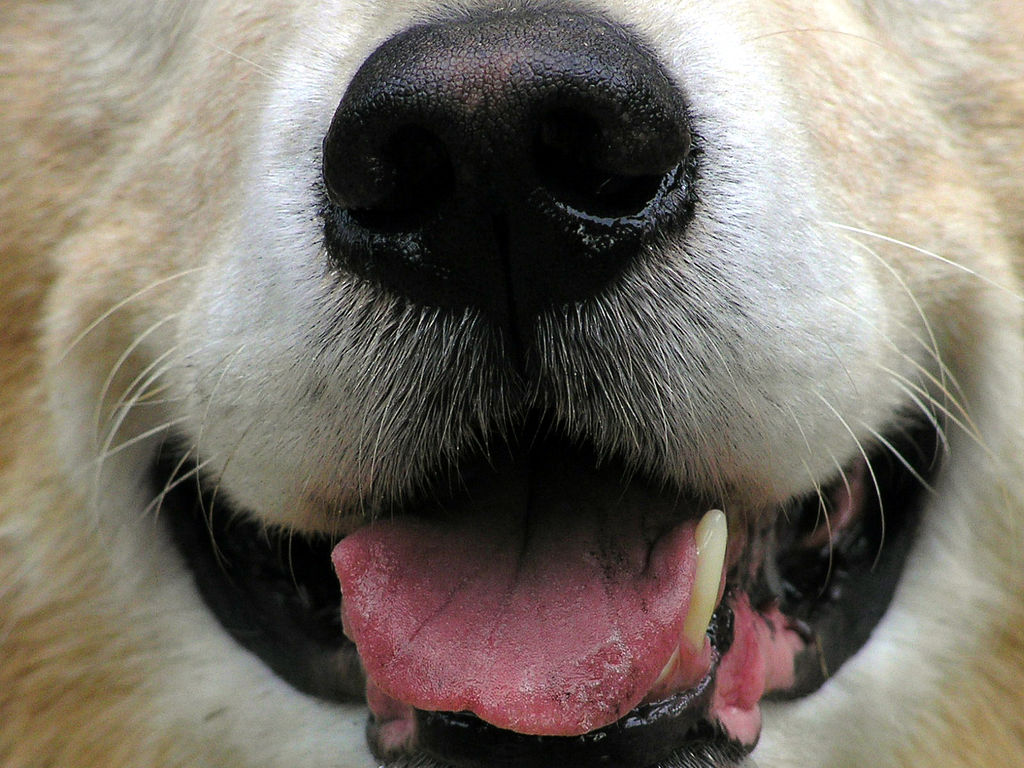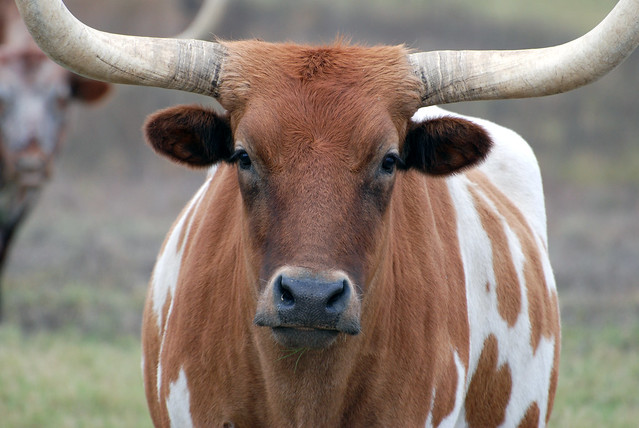 |
| image via |
Every time a child sees a balloon he imagines a kind of lifelong Lamorisse-style friendship where the two will be an inseparable pair, or perhaps he dreams that the balloon will carry him away on a marvelous adventure.
But in reality, a balloon serves as a lesson in the fragility of our existence, a gravity-defying memento mori that we give to children in order to remind them of the pain of unrequited love and the futility of attempting to hold onto our dreams.
Let me elaborate. The trajectory of the average helium balloon is similar to that of the carnival goldfish: you get one for cheap (or free), and at first, it's delightful. It catches the eye, it moves and sways, it's shiny. Other children pass by eyeing it enviously, begging their own mothers to get them one, too. You are on top of the world.
But then you realize what a burden your new prized possession actually is. Much like a high schooler who's been assigned a raw egg to treat like a baby, you quickly learn that you can't really do much while holding this thing. Where can you even put it safely in the car for the drive home?
And when--not if but when--if the balloon goes "belly up," so to speak, and floats off into the ether, or hits a lightbulb and vaporizes, or simply runs out of air and loses its will to live, you are devastated.
You wonder why you even kept it around as long as you did and didn't just go straight to getting a cheap thrill off using the helium to sound like "The Laughing Gnome."
Lesson learned:
If you love something, let it go. If it comes back to you, it probably wasn't a balloon.
















